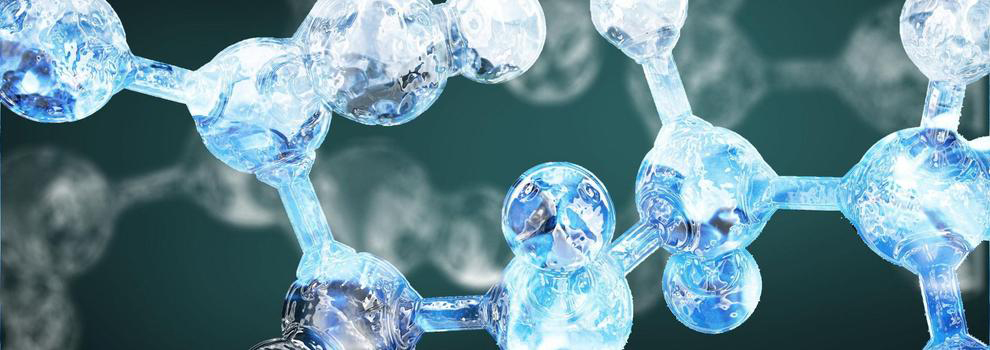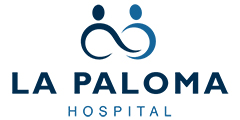Clinical Analysis and Pathological Anatomy: everything you need to know
In the laboratory of clinical analysis and pathological anatomy of any hospital or private clinic, a team of highly trained and qualified professionals, studies human biological samples, in order to prevent, diagnose and treat various pathologies.
This service is usually comprehensive, working in coordination with different clinical areas such as haematology, immunology, clinical chemistry or genetics. This is because it offers pertinent information to act and thus contribute to the restoration of a patient’s welfare state in the shortest possible time. It is essential considering that, in terms of health, it is always necessary to detect diseases as soon as possible, to treat them in time. That is the key.
For this, it is necessary that the laboratory has the latest technology, is continuously updated (materially, and in terms of training of its human resources), and meets all quality standards internationally. All this, with the sole purpose of finding the most accurate and reliable results, always betting on excellence.
What is each thing, and what is it for

Clinical analyses are nothing other than the analysis of certain substances in the human body, with the objective of diagnosing and / or treating a patient (in fact, a clinical analysis is a key diagnostic test). There are different types of clinical analysis. To continue; the details:
- Chemicals: are those that analyse the concentration of elements, for example, in water (it could be the public supply network), or a drug in the blood.
- Biochemists: those who study the concentration of chemical components in living organisms (glucose, ions, hormones, cholesterol, among others).
- Haematological: they are the clinical analyses that thoroughly investigate the blood and its components (red and white blood cells, platelets, proteins, vitamins, etc.).
- Microbiological: they are the studies that track microorganisms, and allow to evaluate the risk of infections or, on the other hand, to find the causative factors of them.
- Genetic: these are specific analyses of genetic material. A frequent example is the analysis that is applied to sperm to assess its structure and functionality.
On the other hand, the pathological anatomy studies, through sophisticated morphological techniques, the anatomical anomalies verified in organs and tissues due to a certain disease. It is a fundamental clinical research service that supports other health services, complementing its activity. Its primary objective is the accurate diagnosis of biopsies (or surgical pathology), cytologies and autopsies, which are its three care areas. At the same time, it seeks precision in the prognosis of a pathology, something that is essential when evaluating which therapies to apply to each case.
Drawing some conclusions
As expected, both clinical areas (clinical analysis and pathology) work together in the same laboratory that has, as the main beneficiary, the patient. In fact, due to its importance, this hospital service is considered a key element within any organized health centre that meets the highest quality standards.
As already indicated, this is due to the fact that the clinical analysis and pathological anatomy service provides information without which a correct diagnosis and an adequate prognosis and treatment would be practically unfeasible. It is an objective fact: at present, information is an element of a very high value that enables the right decision-making. In this case, around the health of a patient. Without it, health professionals would drift.
Therefore, you must always opt for a professional institution that has this comprehensive analysis service.
The laboratories of the La Paloma Hospital are continuously updated, both from the technological point of view and from the professional point of view.
We have the widest catalogue of determinations that can be obtained 24 hours a day.










